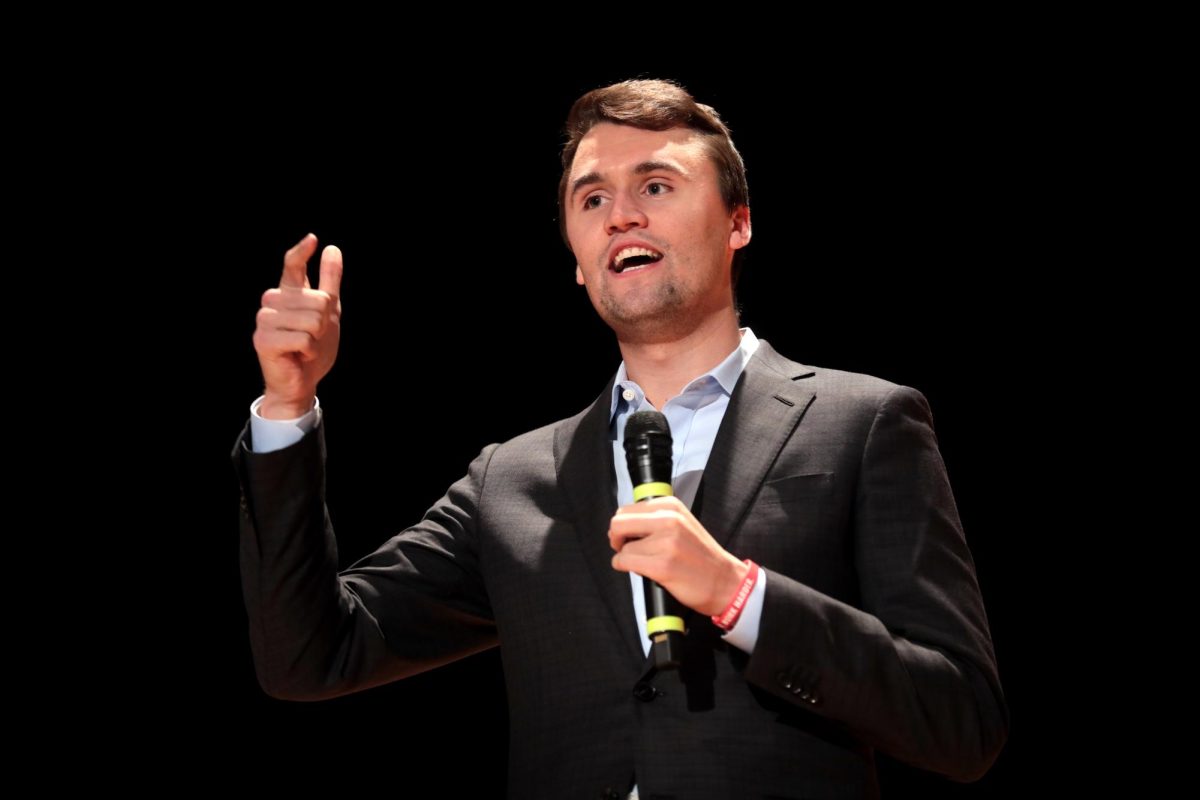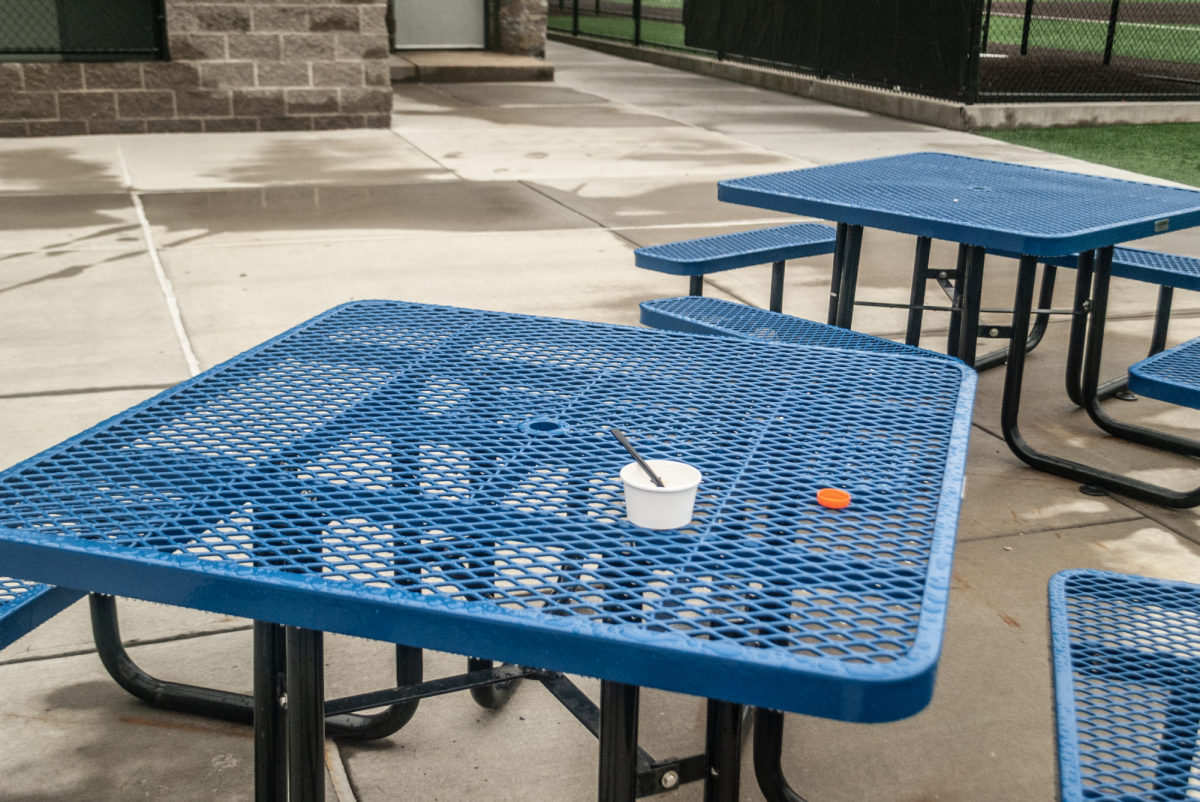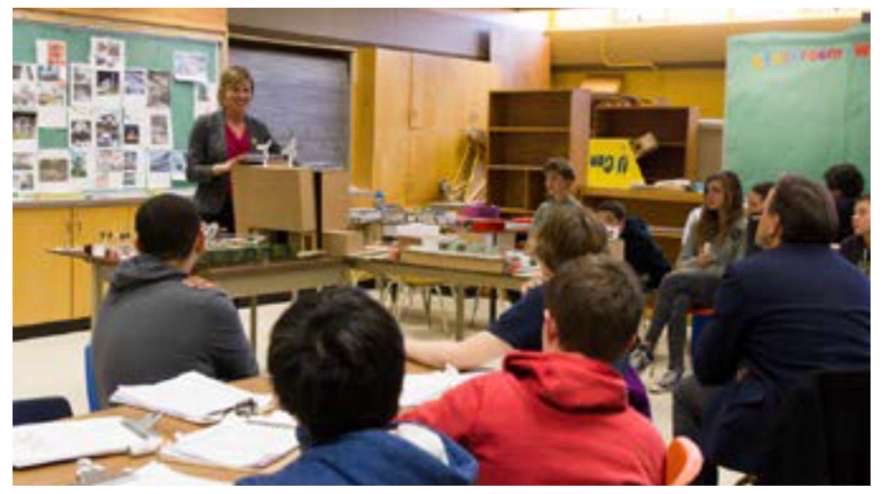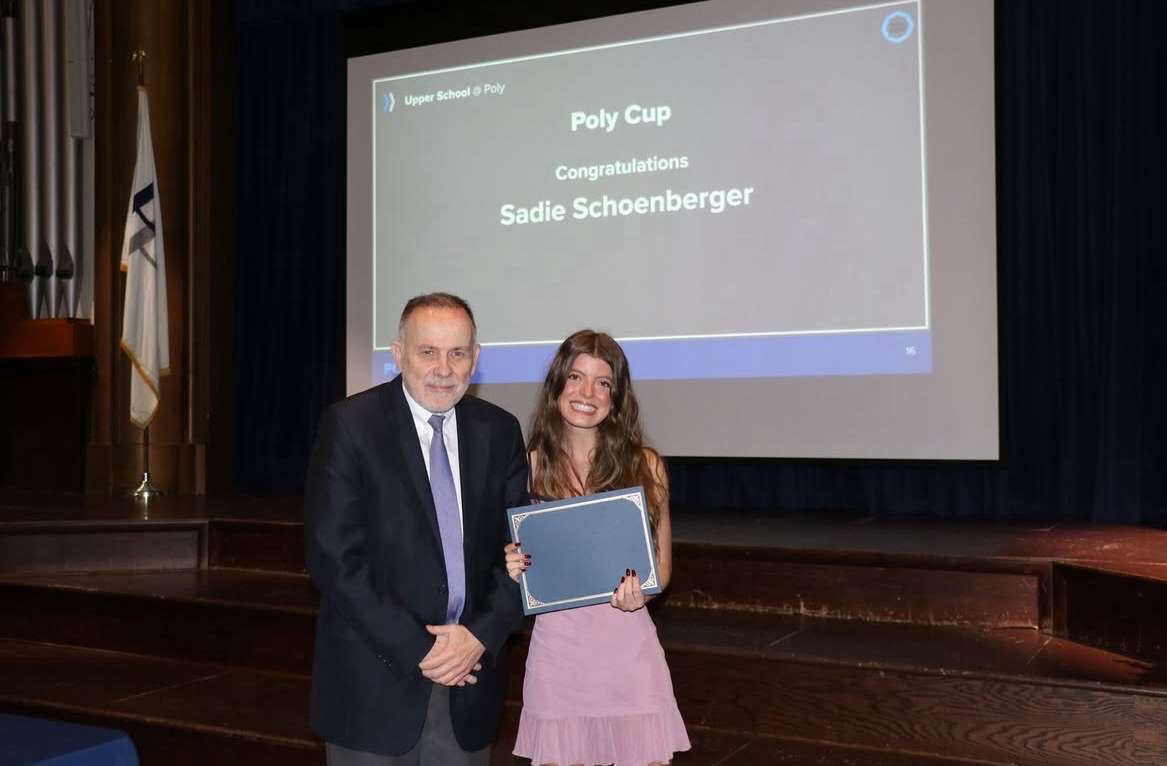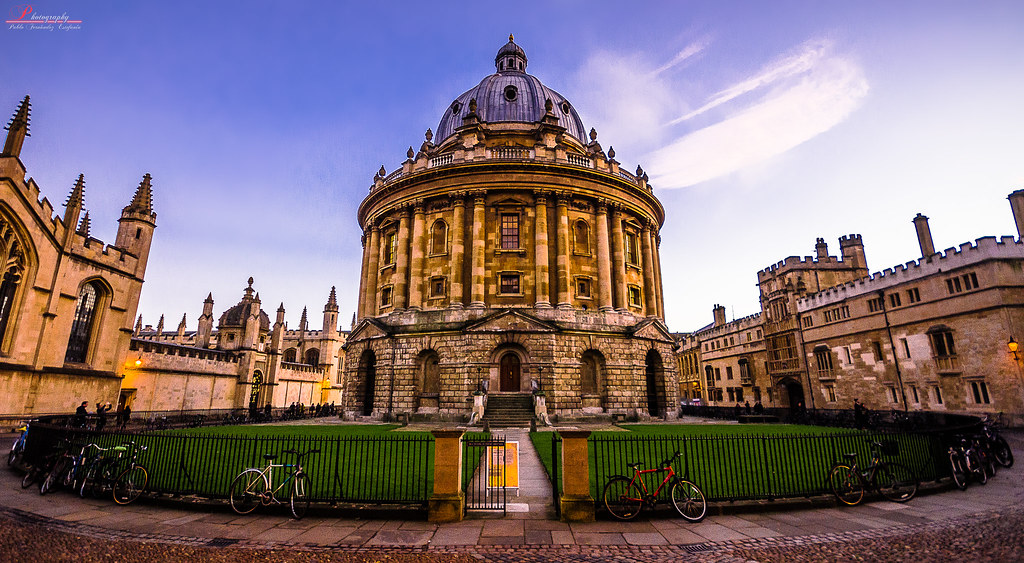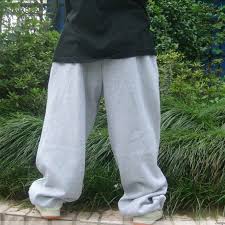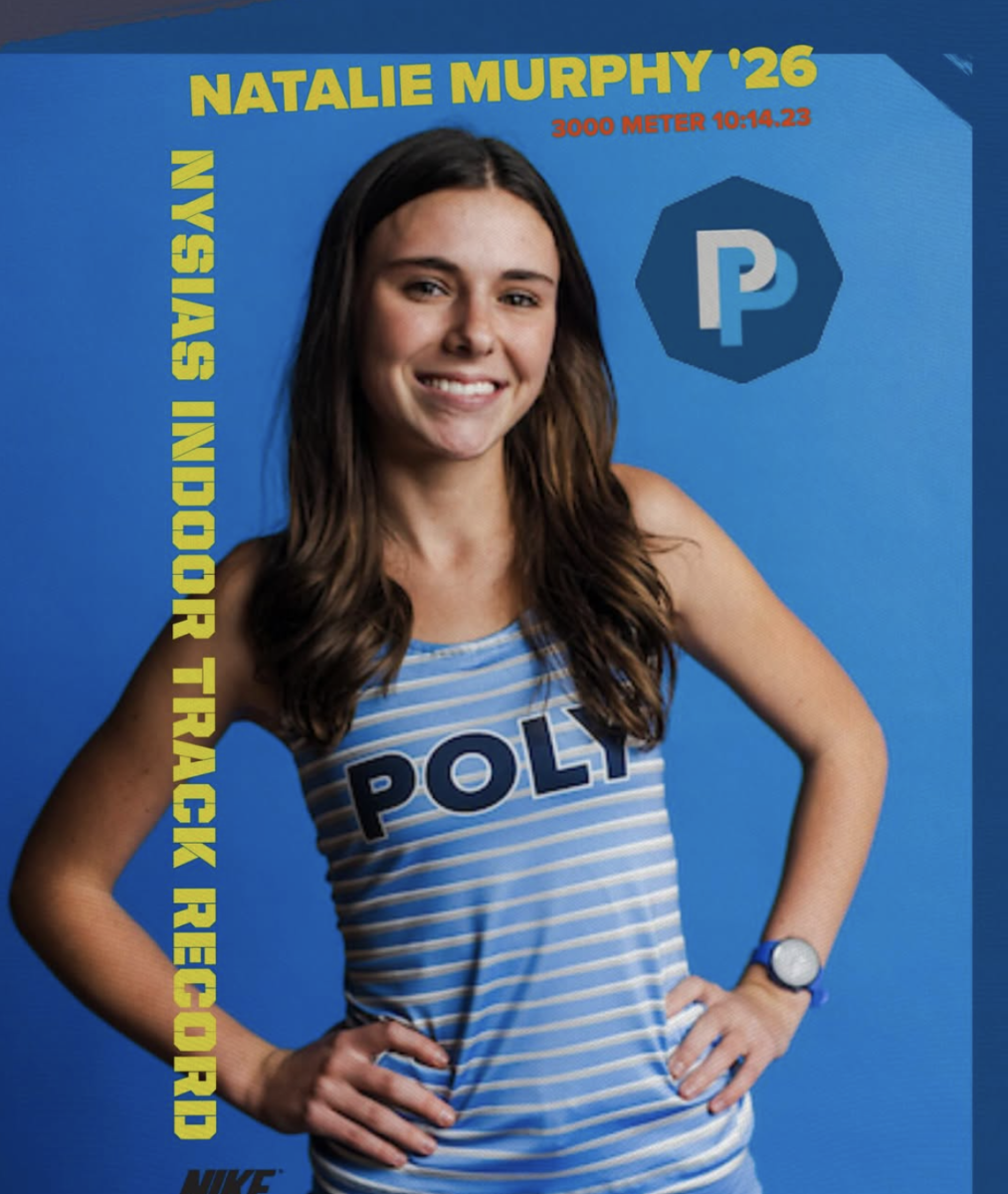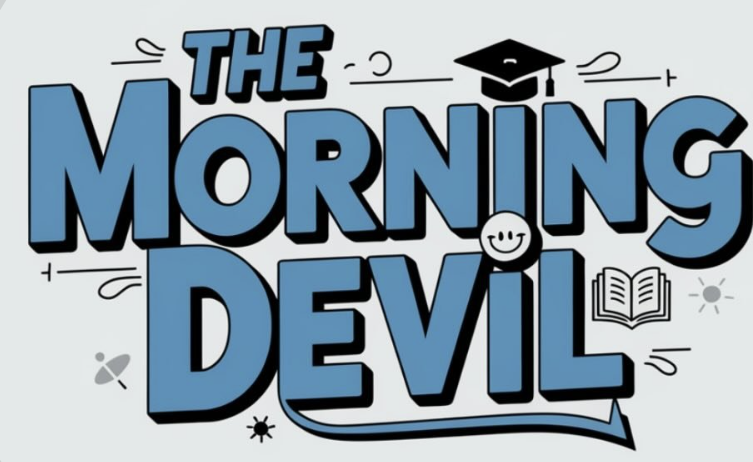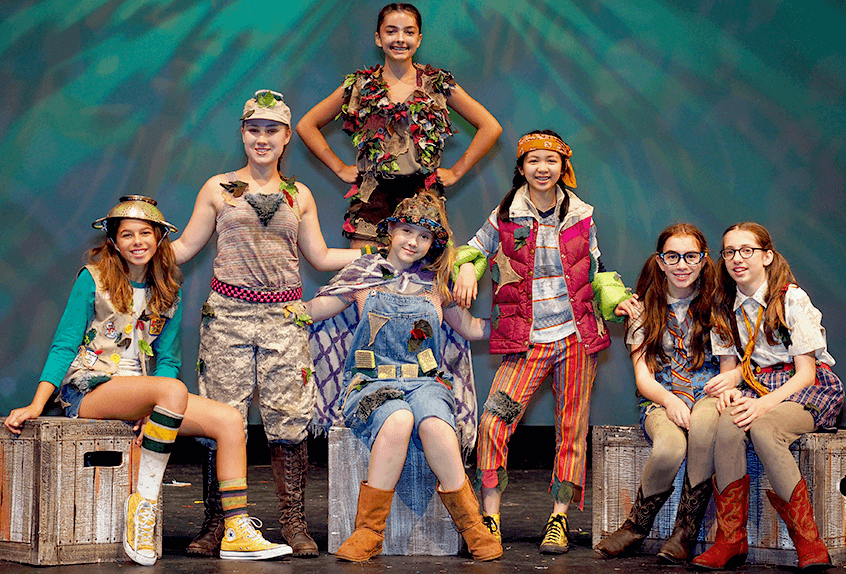on Tuesday, November 5, Donald Trump was voted 47th president of the United States. With election day occurring at a time of peak political polarization in this country, it was unexpected that the election would have been called in the early hours of November 6. The shockwaves from the fallout from election day were felt all across America and beyond, including inside the walls of Poly Prep. Poly underwent weeks of planning educational talks and assemblies leading up to the election, including an assembly the day after the election led by Head of Upper School Sarah Bates, and many students feel the immense polarization happening in our country is translated into our school environment.
Student Response
The Poly student body contains diverse opinions about the election results. A survey was emailed to the entire Upper School two weeks post-election day, and there were 67 respondents. When asked to check boxes with words to describe their feelings after hearing the election results (allowing them to select multiple responses), 15 respondents answered with words that have a positive connotation, like “pleased” and “joyful.” There were 114 responses with words that implied negative feelings, with words like “sad,” “disappointed,” “angry,” “confused,” “anxious,” “slightly annoyed,” “scared,” “frustrated,” and “terrified.” Thirty-three respondents checked words with neither a negative nor a positive connotation, words like “indifferent,” “shocked,” or “curious.”
On November 6, the day after election day, political discourse in Poly was more rampant than ever. Rogan McMahon, ’28, came to school wearing a red MAGA hat. The hat sparked some commentary throughout the Poly community; a few comments on the survey noted that they thought the accessory symbolized hatred, insensitivity, and provocativeness. McMahon stated, “It’s not that deep. Poly has always been a safe space that supports individualism and self-expression, and I was simply exercising my right to express myself by wearing that hat.” The hat provoked dialogue about the line between freedom of expression and protection of others’ feelings. Bo Casey ’26 stated, “Although you have the freedom to express your opinion, I don’t think that the timing [of wearing the hat] was right, and it was obnoxious.”
Before the assembly, according to Bates, “a student ran up to me and asked me if I could ask [Rogan] to take [the hat] off. And I said no, I can’t. We will not censor students in terms of free speech. We don’t have to all support the same political candidates, but what we do need to do is to be able to engage with one another and find out why the other person thinks that way. Those conversations are what make academic freedom and academic institutions vibrant.”
When asked, “Do you like the way Poly has addressed the election results,” 40.9 percent of the respondents voted no, and 37.9 percent voted yes. Many respondents who voted yes mentioned enjoying Poly’s neutrality when addressing the election, some liked the History Talks leading up to the election, and many appreciated the discussion held in their classrooms. Others mentioned how, despite immense division and polarization in our country, Poly was able to stay respectful. The plurality of students voted no, indicating that there was either not enough talk about the election, certain viewpoints were suppressed and unwelcome, or Poly didn’t speak enough of the potential negative implications that could come from Trump winning the election.
Additionally, it was apparent that the frequency of conversations surrounding the election peaked in the weeks leading up to election day and immediately after. The momentum took a steep decline in the week’s post-election. When asked the question to select a number 1-10 to answer the question “How much was the election on your mind leading up to election day/immediately after,” (1 being never thought about it and 10 being constantly thinking about it), 80.6 percent of respondents voted between numbers 7-10. When asked, “How much is the election on your mind [on November 21], 85 percent of respondents voted between 1-7. Political expression and thought were strong on the dates surrounding the election, with numerous conversations and Instagram stories expressing people’s views, but now, in just two weeks following the election, the rate of these conversations has significantly declined.
How Poly Addressed the Election Results
On the morning after the election, Bates gave a brief address to the Upper School community acknowledging the intense emotions in the crowd following the election results. Instead of mentioning any parties, candidates, or policies in specific, Bates geared the election content toward navigating differing opinions and promoting unity.
The planning for the assembly the day after the election had been in the works since February. Chair of the History Department Virginia Dillon stated, “I had been talking with all the upper administration about what they wanted to do after the election. How do we want to structure it knowing that we might not know [the results]?’” While the post-election assembly seemed, to some, politically charged and would have only happened if Trump won, it had been previously planned and would have occurred regardless of who won or if the race was still uncalled. “The idea is no matter what, we will come together. We really want to acknowledge how important this is and how much it can affect students,” Dillon said.
When it came to planning how to address the election in school the next day, Bates and Head of Middle School Dan Doughty, who gave a talk to the Middle School, comprised a document with four general sections: One set of points to address if Donald Trump won, one if Kamala Harris won, one if the race was undecided, and one list if there was violence as a result of the election. According to Bates, the different sets of points were “really not that different. I think given our population and knowing where we are in New York, we were gonna have a lot more people who were wanting a Democratic win than a Republican win.” The planning of the assembly focused on making sure people feel safe at school, “given what we know about the plans and the policies [of Trump] and the ways in which so many members of our community will probably feel affected by them in some capacity,” Bates said.
According to The New York Times, one of the New York private schools, Ethical Culture Fieldston School, gave students a day off classes on November 6. In contrast, Poly decided to continue their usual academic schedule. “There is a comfort in going through class… It is almost like this comfort of knowing how to do this, knowing how to do history class. We wanted to have some plan structure so it’s not just chaos,” Dillon said.
New York and Outward
While New York City is traditionally blue, the area had a record-high vote count for Donald Trump compared to the previous two elections in 2016 and 2020. New York also had the slimmest gap between blue and red voters in general since 1992.
The political polarization across the nation has also touched the Poly community this election season. While one candidate may have garnered the majority of support within the community, it’s clear that a wide range of perspectives on the election results remains. As we look to the next four years with Donald Trump as the U.S. president, how Poly will navigate this landscape while fostering an environment of respect and inclusivity for diverse opinions remains in the air.

